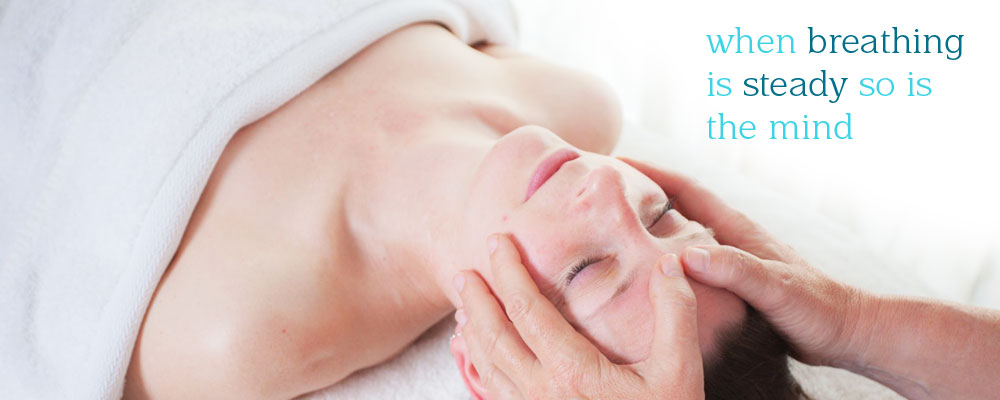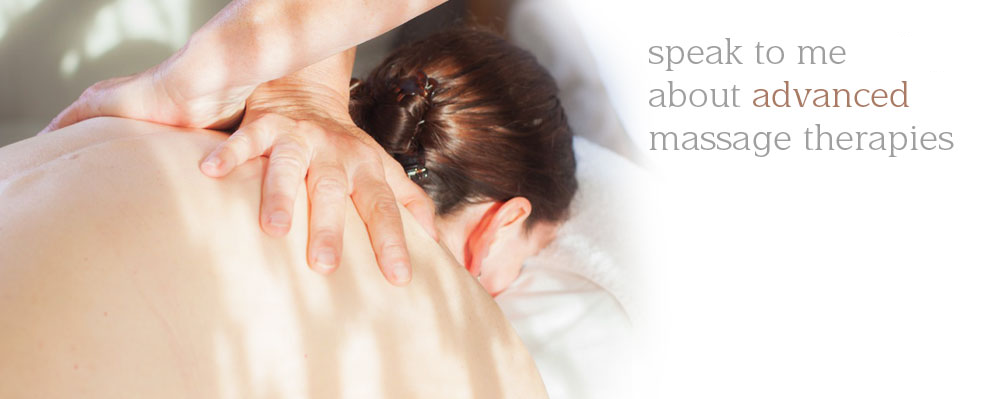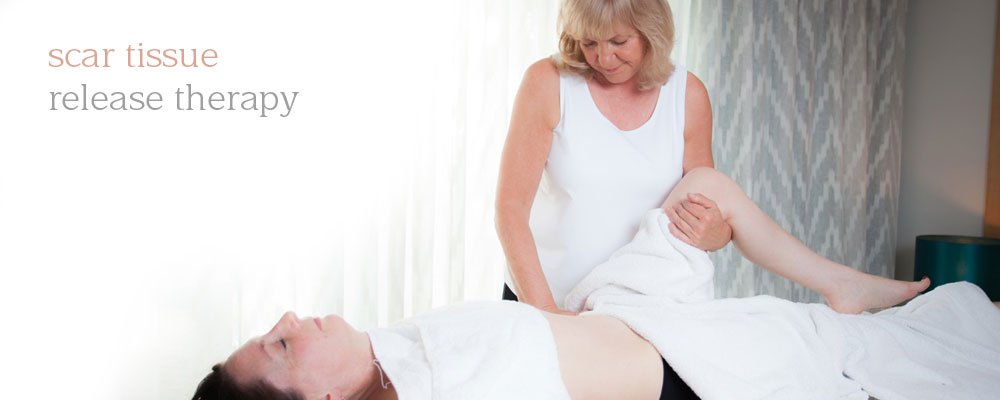The Complications of living with Long -COVID-19 on body systems and the implications to massage treatment.
Clients failing to achieve a full recovery from COVID-19 are experiencing Long-COVID symptoms which is predicted to lead to a National health crisis as the number of long-COVID sufferers are increasing.
A client may be suffering from multiple syndromes at the same time such as:
- Post intensive care syndrome
- Post viral fatigue syndrome
- Long COVID syndrome
- Post COVID syndrome
We know that there are people suffering Long COVID who were not hospitalised initially and thinking things like:
“I wasn’t so badly affected that I needed hospitalisation but I just can’t understand why I feel so tired /struggle with breathlessness/now have diabetes/ have a new presenting condition that I have not previously had”
Where there are multiple issues to address where do we start?
There is emerging worldwide data concerning long-term post viral effects showing them to be similarly reflective of other common syndromes such as Fibromyalgia, Myofascial Trigger Points, Myalgic Encephalomyelitis (ME) and Chronic Fatigue Syndrome (CFS).
Post-COVID clients require professionally trained therapists to provide the necessary clinical support.
I aim to support patients to return to freedom from pain and improved quality of life.
In each treatment I focus on working with the fascia which is the connective tissue universally present in the body. The approach is that all areas of the body are connected and to see and treat the patient as a whole.
Now more so than ever.
COVID-19 gains access to the body through the eyes, nose and predominately the mouth. It is considered that as Facia is universal it is plausible that COVID-19 reaches, penetrates, impacts and infects every cell in the body leading to wide-ranging symptoms.
Fascia-focused manual and movement therapeutic interventions should be tailor made to tackle an individual’s unique post-COVID structural and physiological deficits.
Due to the most frequent symptoms reported for post-COVID syndrome it is recommended to have a primary focus on
- Respiratory function
- Fatigue
- Joint mobilisation
- Heart health
- Osseo fascial function i.e. tendon health, aponeurosis, bone health
- Proprioception
- Neuromuscular efficiency
Manual therapists are advised to deal with patients sensibly and realistically in a way that is based on practical and not theoretical considerations with a whole-person focus.
- Low intensity
- Short duration
- Personalised
While always staying within the sphere of training, competency and accreditation.
Breathwork
Asking clients to engage with gentle breathing exercises has been advocated for years in the massage therapists’ world. Now more so than ever.
Lessons learned from treating patients with chronic pain conditions such as myalgic encephalomyelitis (ME) or chronic fatigue syndrome (CFS) can be considered when treating Long COVID patients, usually working with care and the aim not to over treat considering that “Less is More”.
It is known that patients who have been on ventilators can have cognitive impairment. Memory loss is also being experienced within our communities. It’s unclear if some of this is due to low levels of oxygen (Hypoxia) experienced by people who stayed at home and managed their own symptoms.
Those who have been diagnosed with postural tachycardia syndrome i.e. an abnormal increase in heart rate that occurs after sitting up or standing their typical symptoms include dizziness and fainting. It affects a range of people but is most common in girls and women aged 15 to 50. Some people have mild symptoms, while others find the condition affects their quality of life.
Hot and Cold Therapies
With patients who have pins and needle or loss of sensation arising from neuropathy care needs to be taken in the use of hot and cold therapies.
Similarly consideration is needed for patients who are experiencing light headedness and dizziness
Depth of Pressure
As mentioned my Long COVID from a Massage Therapist’s Perspective article, I noted that attention to the depth of pressure is important for every patient and particularly those with chronic pain. Sometimes if the pressure is too much, even by a little bit, there can be a disproportionate response from the brain increasing pain. This is often seen in patients with Fibromyalgia.
The Skin
With massage, it is usual to work directly on the skin, massage therapists may observe skin reactions from COVID -19 on the body. Skin reactions may be due to an on-going histamine response by the immune system or can be due to a reaction to medication. Skin reactions may be found local or globally around the body. For any skin complaints or reactions, it’s best to “err on the side of caution” and could potentially be a sign of excessive bleeding or blood clotting. It is always best practice to check with the patient if they have been assessed medically.
Clots
Any patients presenting with a history of clots arising from COVID may be on anticoagulants. Medical clearance should be given.
Massage Medium
Check in with the patients with any medium about to be used, be it, oil, wax, balm or lubricant as there may experience increased sensitivity of the skin. They may also have an altered sense of smell which could affect their treatment.
Stretching and Strengthening
For many long-COVID patients, a chief goal will be to restore their energy levels as they experience fluctuations in fatigue. As fatigue is such a prevalent after-effect of COVID-19 it needs to addressed in any exercise protocols.
A response to physical over activity may be a drop in blood pressure, light headedness and breathlessness. This is different to fatigue. They may suffer from post exertional malaise which is when the onset of symptoms usually occurs 24 hours or more after the activity which is disproportionate to the activity.
This can be very frustrating to the patient.
Loss of sense and small
Patients with a loss or distorted sense of smell and / or taste can experience decreased appetite and weight loss
Medication
We need to consider the impact of any medication a patient is taking to combat the symptoms caused by the COVID-19 infection
Referrals
The Massage professional may not be trained in certain areas or feel confident in some areas including physical exercise protocols, diet, nutrition, and others.
It is beholden on the Massage Professional to stay firmly in the area of knowledge and level of training.
There is available information about Exercise and movement for Long-COVID patients. As this is not my area of training and expertise I am unable to comment other than it is recommended, as with Manual therapy, that interventions should be tailor made to tackle an individual’s unique post-COVID structural and physiological deficits by those trained to do so.
The content in this article is a combination of
- My own thoughts and observations
- Article written by Susan Harrison BTEC L6 in CO-kinetic journal issue 89 July 2021 pages 25-32
- Reflective Analysis of LONG-COVID informing Exercise Professionals and Manual Therapists Specialising in Fascia Focused Therapeutic Interventions by John Sharkey MSc published in International Journal of Current Research Vol.13, Issue,11,pp.19428-19432, November,2021





